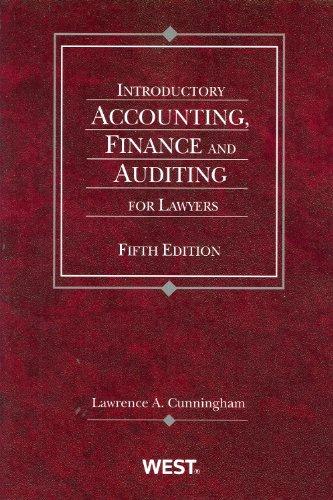Question
You were just hired to manage a ranch with 800 cows. The ranch makes its money from the sale of weaned calves to stocker (wheat
You were just hired to manage a ranch with 800 cows. The ranch makes its money from the sale of weaned calves to stocker (wheat pasture) operations in northwestern Oklahoma in the fall. To increase the income from your cow herd, you want to increase theweaning weight of your calves. You breed your replacement heifers at 1 year of age and cows are kept until they raise their 10thcalf. Bulls are mated at the ratio of 1 bull for every 25 cows. Bulls are used first at a year of age. After their first year breeding, half of the yearling bulls are kept and used at 2 years of age. Then half of the 2 year olds are kept and used at 3 years of age for the last time. Every year you cull open cows and cows that do not raise a calf (15% fall out every year). a.If the heritability of weaning weight is 27% and the phenotypic variance of weaning weight is 2500 lb2, what is the annual progress youll make in weaning weight assuming youre selecting replacement bulls and heifers based on their weaning weight. (Hint: you will need to calculate how many heifers to put back into the herd each year given this age distribution).
b.You recently contracted with Colorado State University to calculate EPD for your herd. After the first analysis, you notice that the average accuracy for the bulls you use in your breeding program is .8 and the average accuracy of cows is .7. With the assumptions used in b, what is the annual rate of progress now? (note: this is not BIF accuracy but rather what is needed for the key equation).
c.Why is the answer in b different than that in c?
Step by Step Solution
There are 3 Steps involved in it
Step: 1

Get Instant Access to Expert-Tailored Solutions
See step-by-step solutions with expert insights and AI powered tools for academic success
Step: 2

Step: 3

Ace Your Homework with AI
Get the answers you need in no time with our AI-driven, step-by-step assistance
Get Started


